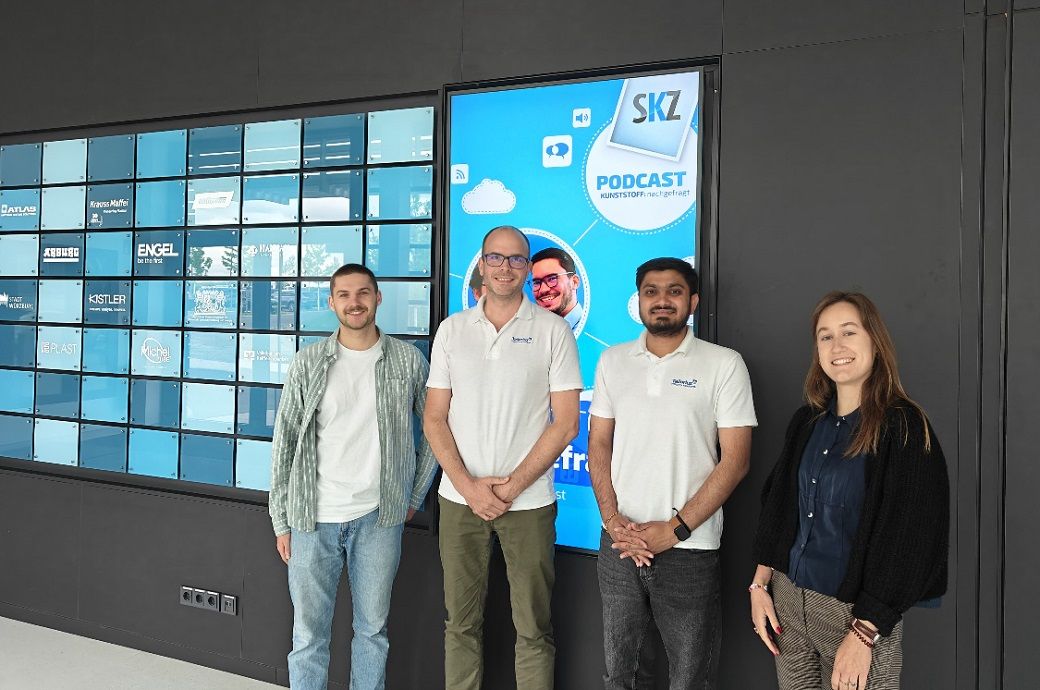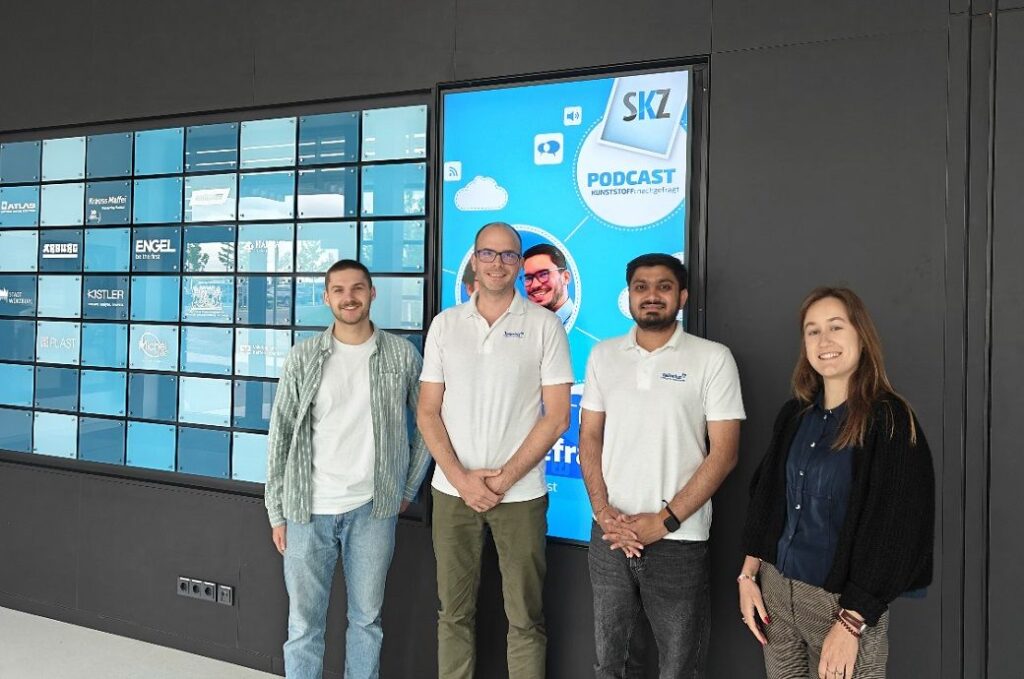
In the KIMaTex research project, Tailorlux GmbH and the German Plastics Centre – SKZ are developing a system that can reliably identify components like elastane or PET and contaminants like PFAS in textiles. The goal: to make this information available for circular and traceable product passports. The project combines a measurement system that captures both spectra and images and analyzes them with artificial intelligence (AI) to derive the textile composition. This innovation addresses major challenges in the textile industry, such as traceable quality and reuse—helping companies cut costs and drive forward a circular economy for textiles.
The KIMaTex project by Tailorlux and SKZ aims to develop an AI-powered system that detects textile components like PET, elastane, and PFAS for circular product passports.
Using spectral and image data, the tool enables on-site, accurate textile analysis.
Funded under Germany’s ZIM programme, it supports recycling and traceability to advance the circular textile economy.
An innovation in the field of measuring systems for the textile circular economy
With several hundred million tons of textile fibers produced in Europe alone, the textile industry is a major sector with huge innovation potential. Today, most textiles are either incinerated or landfilled at the end of their life cycle. Why? Because of the complex mix of materials like polyester, cotton, and chemical finishes, which makes recycling economically unfeasible. To make matters worse, many of these materials look very similar to the human eye, making them hard to distinguish.
This is where the KIMaTex research project comes in. The goal is to develop a digital measurement system powered by artificial intelligence that can reliably detect things like PFAS contamination or the presence of PET and elastane in textiles. This system will provide accurate, on-site analysis of real materials—making it possible to identify what textiles are truly made of.
Unlike current software platforms, which often operate without real-world data, this system will provide reliable information about material composition and link it to a traceable product passport. This opens the door to effective sorting and true material recycling—both technically and economically—for the first time.
Innovation Driven by SMEs, Enabled by ZIM
The joint project “AI-based Material Analysis in the Textile Value Chain” (KIMaTex) officially launched in January 2025 as part of the ZIM (Central Innovation Program for SMEs) from the German Federal Ministry for Economic Affairs and Energy. ZIM supports small and medium- sized enterprises (SMEs) in developing forward- thinking technologies.
The measurement system being developed is a perfect example of a hands-on solution with long-term potential. It tackles a critical environmental challenge while also creating economic value for the textile and recycling industries.
At the heart of the project is Tailorlux’s TailorScan device, which captures precise spectral data in both the visible and infrared range. These data, combined with images of the textiles, are used by SKZ to develop an AI system that can recognize material types and contaminants.
While Tailorlux is responsible for developing the measurement device and gathering the material data, SKZ’s digitalization team handles structured data storage, smart data processing, and training of the AI models.
Once fully evaluated, the system will be integrated into a user-friendly app that allows fast, intuitive analysis directly on-site—and creates a seamless connection to digital product passports, ensuring textile traceability.
Project Details
The project is funded by the German Federal Ministry for Economic Affairs and Energy under the ZIM program (Project ID: KK5068053AB4) from January 1, 2025 to November 30, 2026.
Note: The headline, insights, and image of this press release may have been refined by the Fibre2Fashion staff; the rest of the content remains unchanged.
Fibre2Fashion News Desk (HU)

